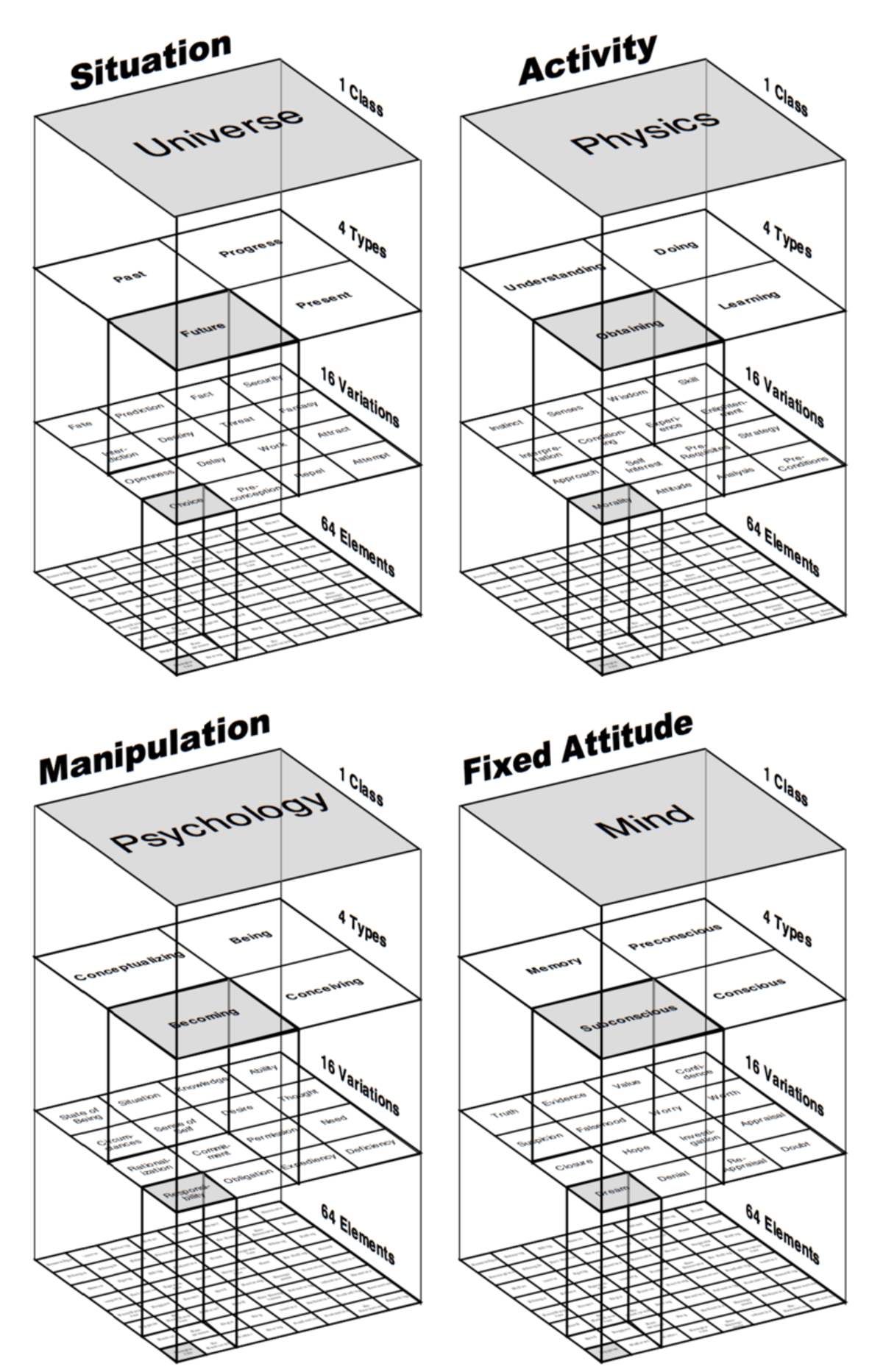The Difference Between Dramatica and Other Story Paradigms
Dramatica's innovation: redefining conflict and resolution in storytelling
You really can't hear enough about how different the Dramatica story of theory is compared to other story paradigms. Theory co-creator Chris Huntley gives an interesting explanation regarding the Table of Story Elements and its relation to "story structure":
The structural chart is one of the unique aspects of Dramatica as a theory and practical tool for story development because it represents the natures of the conflicts/resolutions explored. However, it is not part of what most paradigms consider "story structure".
A brief reminder as to what the Dramatica Table of Story Elements looks like:
The chart above helps Authors determine and set the nature of conflict within their story. Four different Domains, four different Throughlines, four different ways of looking at conflict.
The Dramatica equivalent to what other paradigms see as story structure are the story points, e.g. story goal, main character problem, etc. You will not find those on the Dramatica structural chart because they are not part of it. They are LINKED to the chart and the story dynamics deform the chart (from its default state) to represent the dramatic potentials created by making storyforming choices.
Structure is tied to the nature of the conflict within a story, but it is not conflict itself.
So studying the chart alone is insufficient to understanding how Dramatica (or narrative) works. One needs the chart, the story points, and the interaction between them to understand how a narrative really works.
Enrolling in the Subtxt Mentorship Program can help with that...
Download the FREE e-book Never Trust a Hero
Don't miss out on the latest in narrative theory and storytelling with artificial intelligence. Subscribe to the Narrative First newsletter below and receive a link to download the 20-page e-book, Never Trust a Hero.


